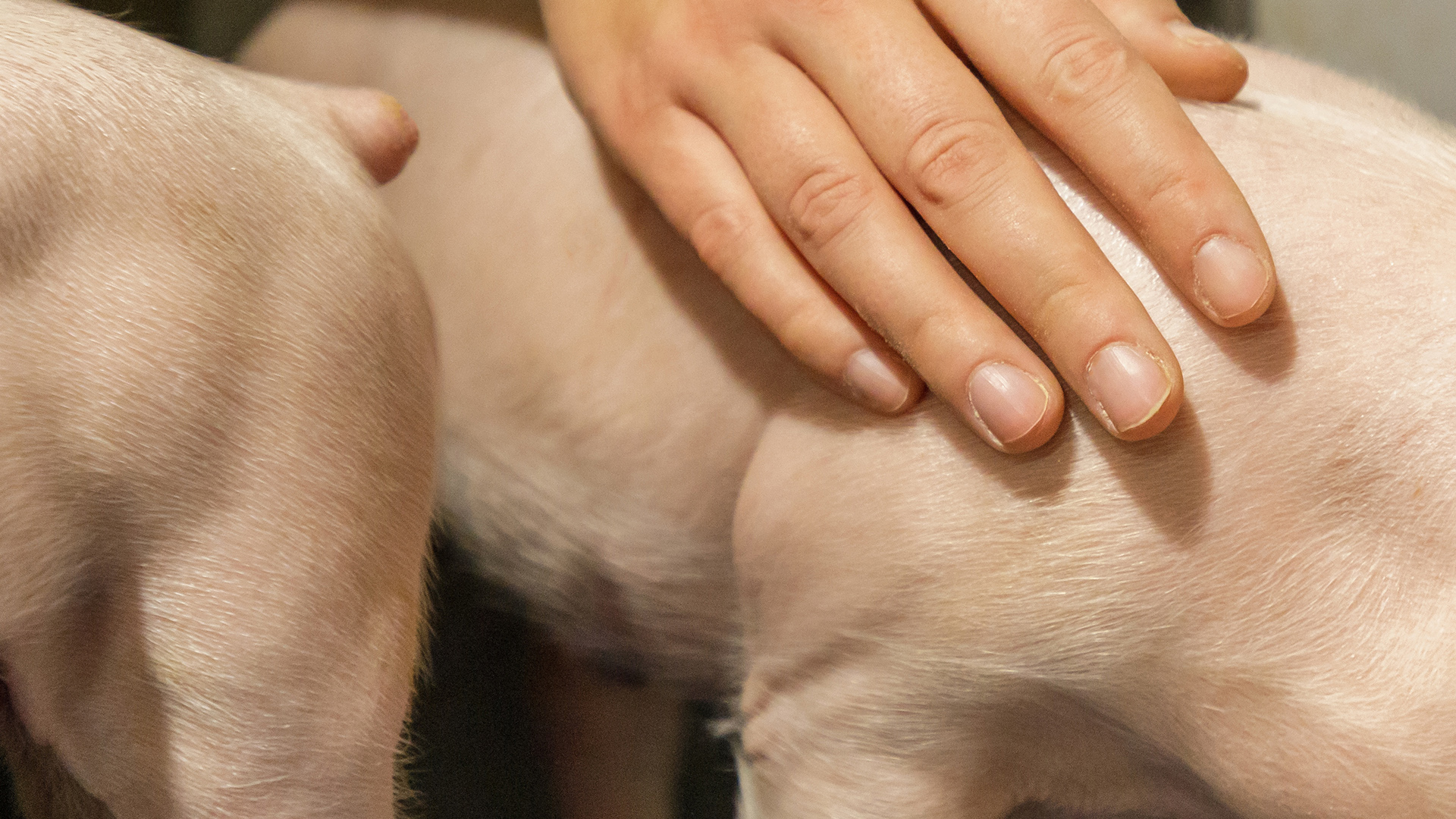How to optimally steer gut development in neonatal piglets
The gastro-intestinal tract (GIT) of the young piglet is a very complex environment. Pathogens and toxins should be kept out while active and passive nutrient absorption should be ensured. Modern high prolific sows are putting a lot of stress on this ingenious system. Therefore focusing on an optimal colostrum intake combined with specially designed prestarter feeds from the Babi® range will lead to a faster maturation of the gut with a smoother weaning process as a consequence.
Prenatal maturation
Maturation of the piglet’s GIT is a process which already starts in the prenatal period, speeding up shortly after birth (neonatal) to continue in the post weaning phase. During gestation, the GIT undergoes several morphological and functional changes mediated by hormones, growth factors and luminal factors/products. An increase in cortisol levels coincides with the development of stomach acid, gastrin secretion and enzyme activities. Ingestion of amniotic fluid by the fetus also modulates prenatal GIT development but appears to be less important (Sangild et al., 2000). Villi start to develop in the small intestine in an early stage of gestation, followed by the crypts in a later stage. Epithelial cells in the small intestine will differentiate among others to enterocytes enabling the piglet to absorb amino acids, sugars, ions, lipids, etc…. In contrast to the relatively well developed small intestine, the colon undergoes its maturation mostly starting two weeks after birth.
Unlike in humans, the maternal and fetal circulation systems are separated by epithelial layers (epitheliochorial placenta). This makes the immunity transfer of maternal immunoglobulin G (IgG) through the placenta hard. As reports indicate that the transfer route (placenta or colostrum) doesn’t influence the IgG quality it is essential to feed as much colostrum as possible to the neonate piglet. The absorption of the IgG macromolecule should be finished before gut closure (within the first 24h after birth). Colostrum is also a source of indispensable nutrients and energy for the piglets, being born with low energy reserves. Finally it will keep the maturation of the GIT ongoing, as it provides bio-active substances such as prebiotic milk oligosaccharides, lactoferrin, lysozymes, lactoperoxidase, epidermal growth factor and insulin-like growth factors.
Increasing colostrum production
A smooth farrowing process is indispensable for efficient colostrum production. Providing adequate high-fiber diets at the end of gestation and beginning of lactation exert a laxative effect and will reduce the risk of constipation. Calcium is in high demand for colostrum/milk production and is mainly being mobilised from the bones. Proper attention to the electrolyte balance in the sow feed will ensure sufficient calcium mobilisation. Research also showed that sows losing body condition produce less colostrum (Quesnel, et al., 2015). Therefore, the general advice is to feed sows according to their nutritional needs and their condition. Another good practice to promote piglets’ colostrum intake is split-suckling.
START+, gut maturation inspired by nature
The newly developed START+ concept focusses on stimulating early gut maturation based on components present in sow colostrum and milk. Extensive research in collaboration with universities and research institutes have shown that START+ is improving gut morphology and steers towards a more beneficial microbiome containing more Lactobacilli (figure 1). Not only was there an improvement of the villi height, also the gut barrier function increased (figure 2). This will prevent pathogens and their toxins to translocate and cause inflammation. Next to this, an increase in production of short chain fatty acids was seen, among others butyric acid, the fuel for the enterocytes. Creating a healthier gut and a more stable commensal microbiome are precursors for overall health and performance of the piglets.


Conclusion
Accurate sow feeding combined with good farrowing management and early solid feed intake with the right stimulating bio active components will help the maturation of the gastro-intestinal tract of young piglets. The newly developed START+ concept, which supports gut maturation, is already showing nice results in practice.
Ezt a kapcsolatot az Ön által böngészett hely alapján javasoltuk. Természetesen más elérhetőségeinket és helyszíneinket is megtekintheti itt.

